How Tonga recovered from internet wipeout
The delicate task of putting a nation back online after a volcanic eruption tore through its networking infrastructure
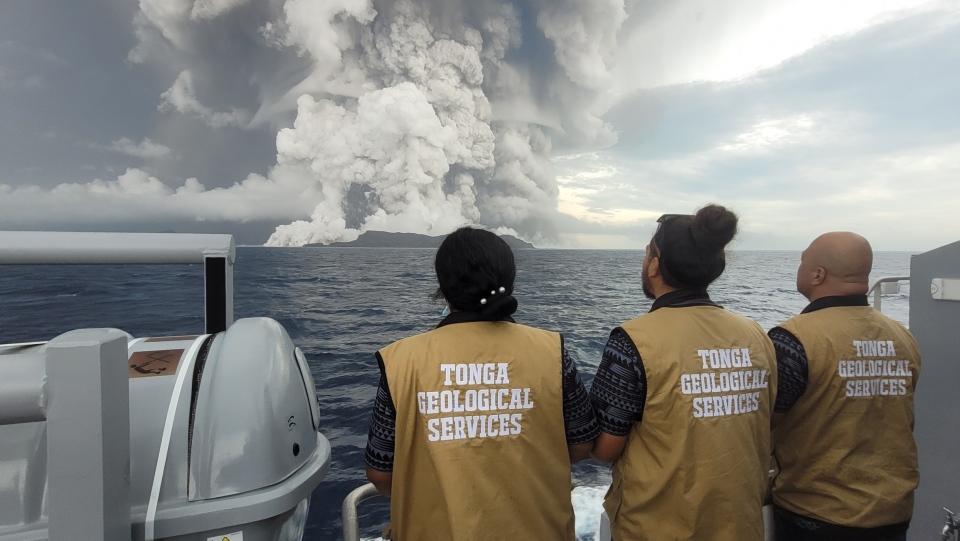
If you’ve ever fallen into a fit of rage after your internet connection has stopped working, spare a thought for the entire nation of Tonga.
The tiny country, an archipelago of 169 islands in the Pacific Ocean, was knocked offline in January when an underwater volcanic eruption sent shockwaves under the sea, severing the island nation’s only fibre-optic link to the rest of the internet.
Losing its internet connection was only one of the horrific consequences of the eruption for Tonga. While rebuilding parts of the country will take many years, rescuers wasted no time in dealing with the internet cable snap.
Repairing undersea cables
“It's no different really from calling an ambulance,” says Bruce Neilson-Watts, managing director of Global Marine, which lays and maintains fibre optic cables. “[We] have ships on standby 24/7, 365 days of the year and fully crewed ready to respond within 24 hours.”
Although Neilson-Watts’ company is not directly involved in restoring Tonga’s connection, other similar companies are. He knows how difficult the process can be, having worked on restoring undersea fibre-optics after the Fukushima disaster in 2011.
“Because the data we have on when and how the cable was installed is quite accurate, we know approximately where that cable has been laid, and we will go out, drag a hook, pick the cable up and join a new section of cable,” he explains.
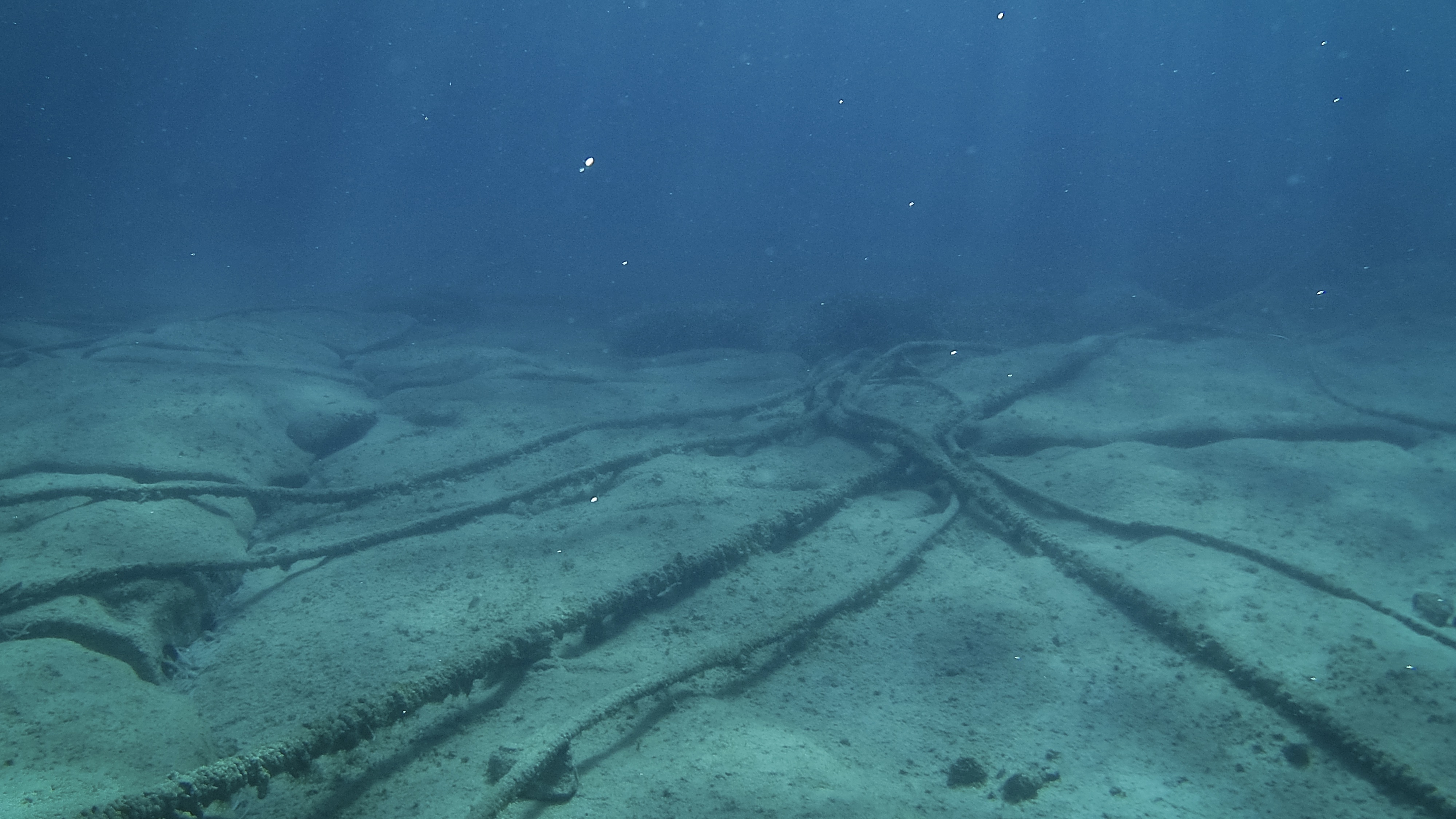
There are almost 500 undersea cables in service around the world
Get the ITPro daily newsletter
Sign up today and you will receive a free copy of our Future Focus 2025 report - the leading guidance on AI, cybersecurity and other IT challenges as per 700+ senior executives
“There's an awful lot of planning that goes into making sure that you engineer and design the route to be as safe as practical. There's lots of data out there now, there's lots of tracking systems which tell you where people drop their anchors, people drop their fishing nets. And what you try to do is make sure you engineer your routes as far away from human interaction as possible."
This doesn’t mean that laying undersea cables is easy. After earthquakes, volcanoes and other tectonic events, cables can be buried in the sediment and moved on the seafloor, making them harder to locate. Even in normal times, laying cable is a careful process – though one that technology is making easier.
“Certain parts of the seabed are flat [but] other parts of the oceans resemble the Himalayas,” says Neilson-Watts. “You don't want to go from peak to peak and suspend it because all the subsea currents will make it strum like a guitar string. Then, over a period of time, you'll get fatigue, and it will fail. But with the technology and the data we have now, we're able to infill all the troughs and lay it over the peaks. So, we don't have all these suspensions.”
Even with modern sensors and databases, however, there are still situations when the cable layers have to just hope for the best. “The reality is beyond 2,000 metres depth of water, you don't really know if that cable is either sitting flat on the seabed or sat on a boulder or suspended in a trough,” says Neilson-Watts. “There's a limit to the amount of resolution you get for the survey technology that's out there that tells you what the seabed is like.”
He also points to the somewhat less technical risk of fishermen simply hooking cables, and dragging them off course, making them much harder to locate when repairs are needed.
Mitigating the risk of repeat incidents
So, should we worry about other countries getting similarly cut off? Unluckily for Tonga, its situation is fairly unique.
“Tonga is only served by one cable,” says Neilson-Watts. “If it was, say, Japan or Taiwan, they have their cables hit quite often by landslides or fishing activity or ships anchors, but you never really hear anything about it because ships are always out quite quick and get it repaired. They've got quite a lot of resiliency in their network.”

The town of Neiafu on the Vava'u Island, Tonga
RELATED RESOURCE

The carbon reduction opportunity of moving to AWS
How businesses are addressing sustainability issues with the help of the cloud
Similarly, the added challenge for Tonga is that it is so remote, simply getting ships equipped to repair the cable will take a long time. “If you have a repair around the British Isles, then typically it can take you seven or eight days depending on weather to find and fix the fault,” said Neilson-Watts. “If you're in the middle of the Atlantic, you have typically a two-week transit to get to the location fault.”
For Tonga, which is 2,300km from New Zealand and even further from the rest of the industrialised world, transit times are even longer. Thankfully, though, the link between Tonga and Fiji was restored in February – weeks after the country went offline. Here’s hoping the people of Tonga didn’t have too many emails waiting for them.
-
 Bigger salaries, more burnout: Is the CISO role in crisis?
Bigger salaries, more burnout: Is the CISO role in crisis?In-depth CISOs are more stressed than ever before – but why is this and what can be done?
By Kate O'Flaherty Published
-
 Cheap cyber crime kits can be bought on the dark web for less than $25
Cheap cyber crime kits can be bought on the dark web for less than $25News Research from NordVPN shows phishing kits are now widely available on the dark web and via messaging apps like Telegram, and are often selling for less than $25.
By Emma Woollacott Published
-
 Better together
Better togetherWhitepaper Achieve more with Windows 11 and Surface
By ITPro Published
-
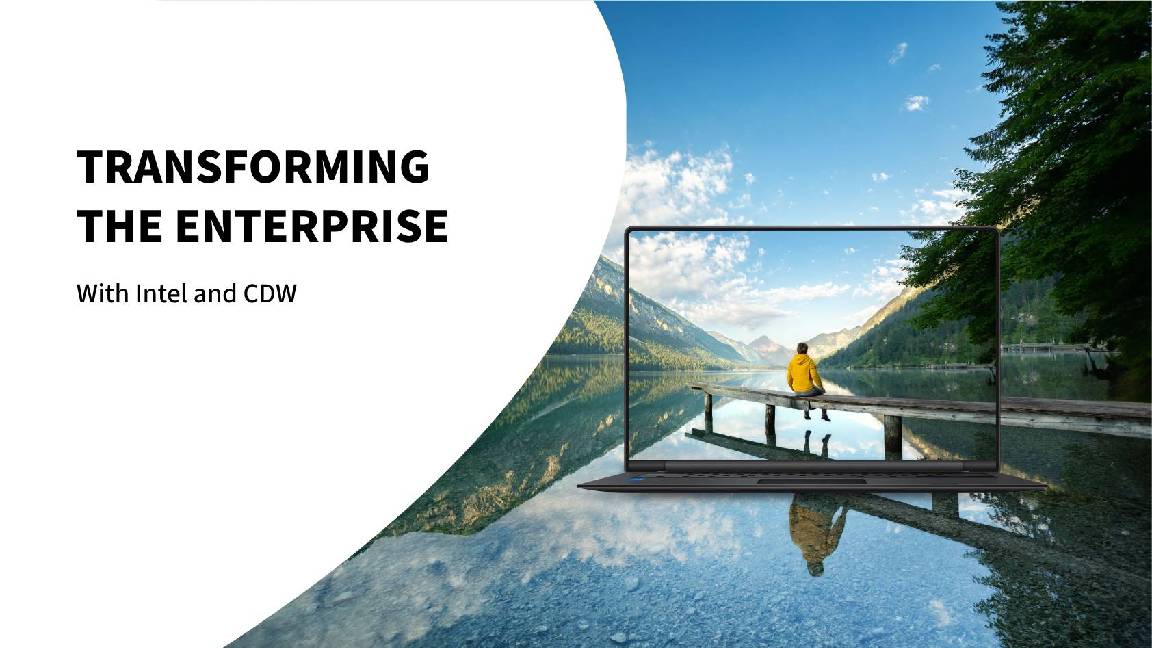 Transforming the enterprise
Transforming the enterpriseWhitepaper With Intel and CDW
By ITPro Published
-
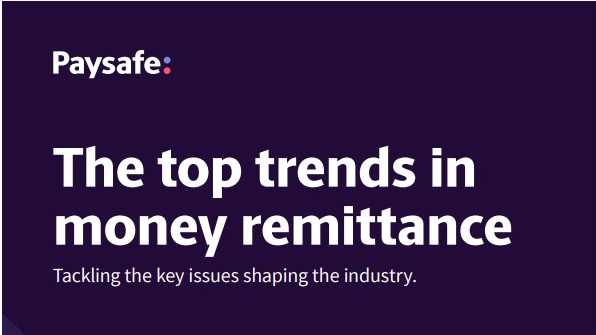 The top trends in money remittance
The top trends in money remittanceWhitepaper Tackling the key issues shaping the money remittance industry
By ITPro Published
-
 How Kantar revamped its IT infrastructure after being sold off
How Kantar revamped its IT infrastructure after being sold offCase Study Being acquired by a private equity firm meant Kantar couldn’t rely on its parent company’s infrastructure, and was forced to confront its technical shortcomings
By Rene Millman Published
-
 Deutsche Bank wraps up Postbank IT integration after bug-laden migrations
Deutsche Bank wraps up Postbank IT integration after bug-laden migrationsNews The IT merger is expected to generate annual savings of €300 million by 2025
By Daniel Todd Published
-
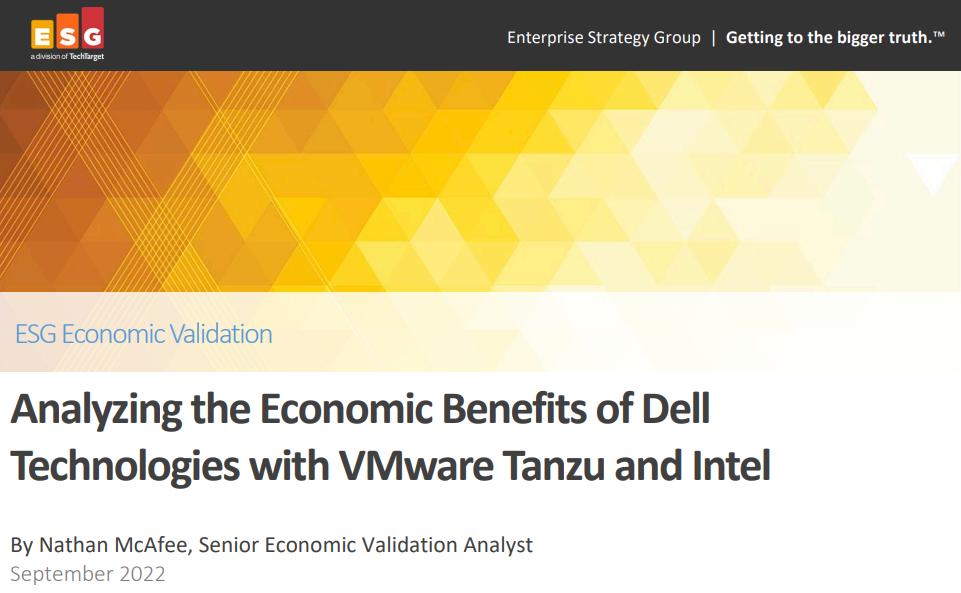 Analyzing the economic benefits of Dell Technologies with VMware Tanzu & Intel
Analyzing the economic benefits of Dell Technologies with VMware Tanzu & IntelWhitepaper ESG economic validation
By ITPro Published
-
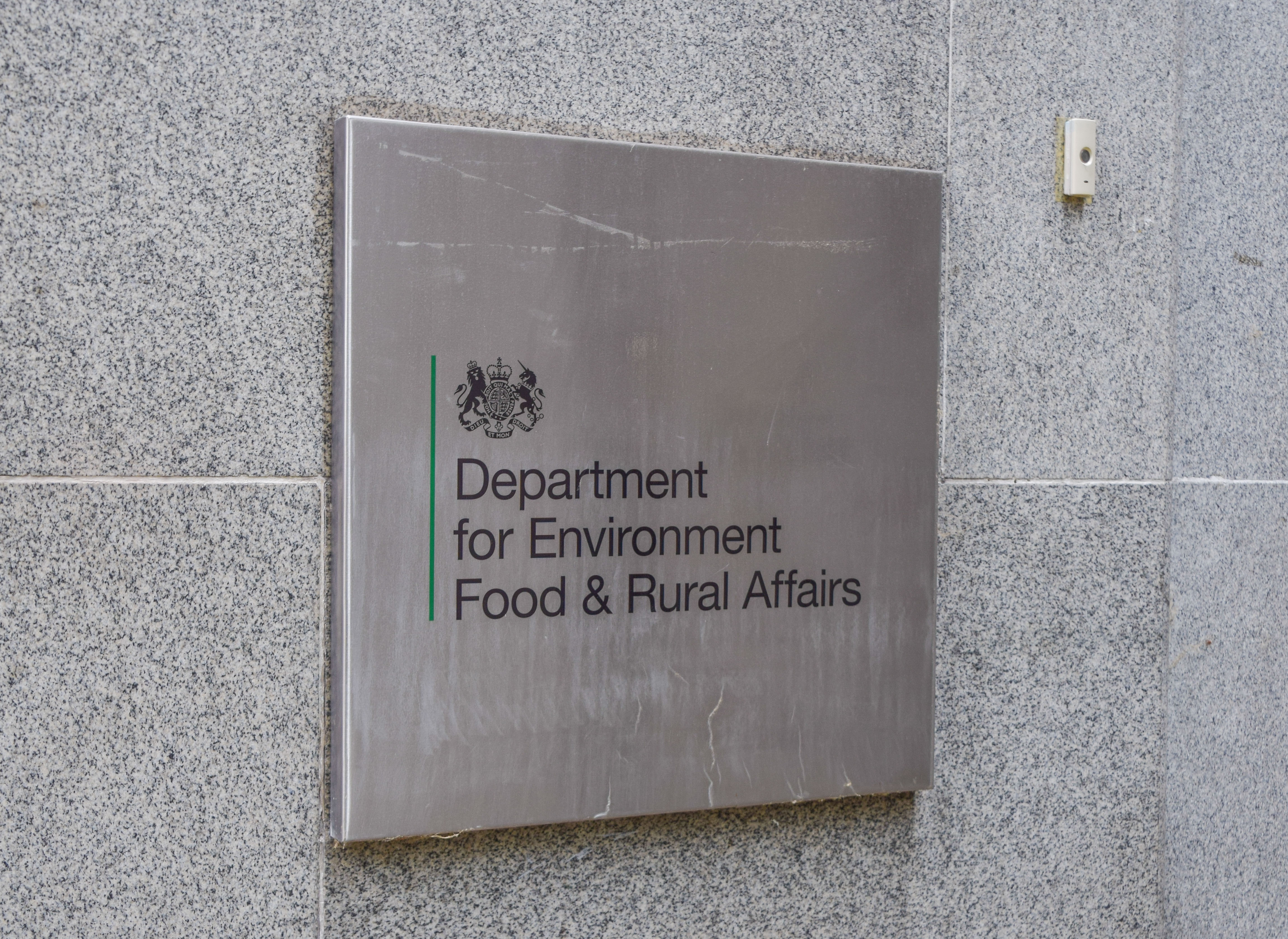 Defra needs £726 million to modernize pervasive legacy IT issues
Defra needs £726 million to modernize pervasive legacy IT issuesNews A significant portion of IT systems are reportedly still in extended support or are fully unsupported
By Ross Kelly Published
-
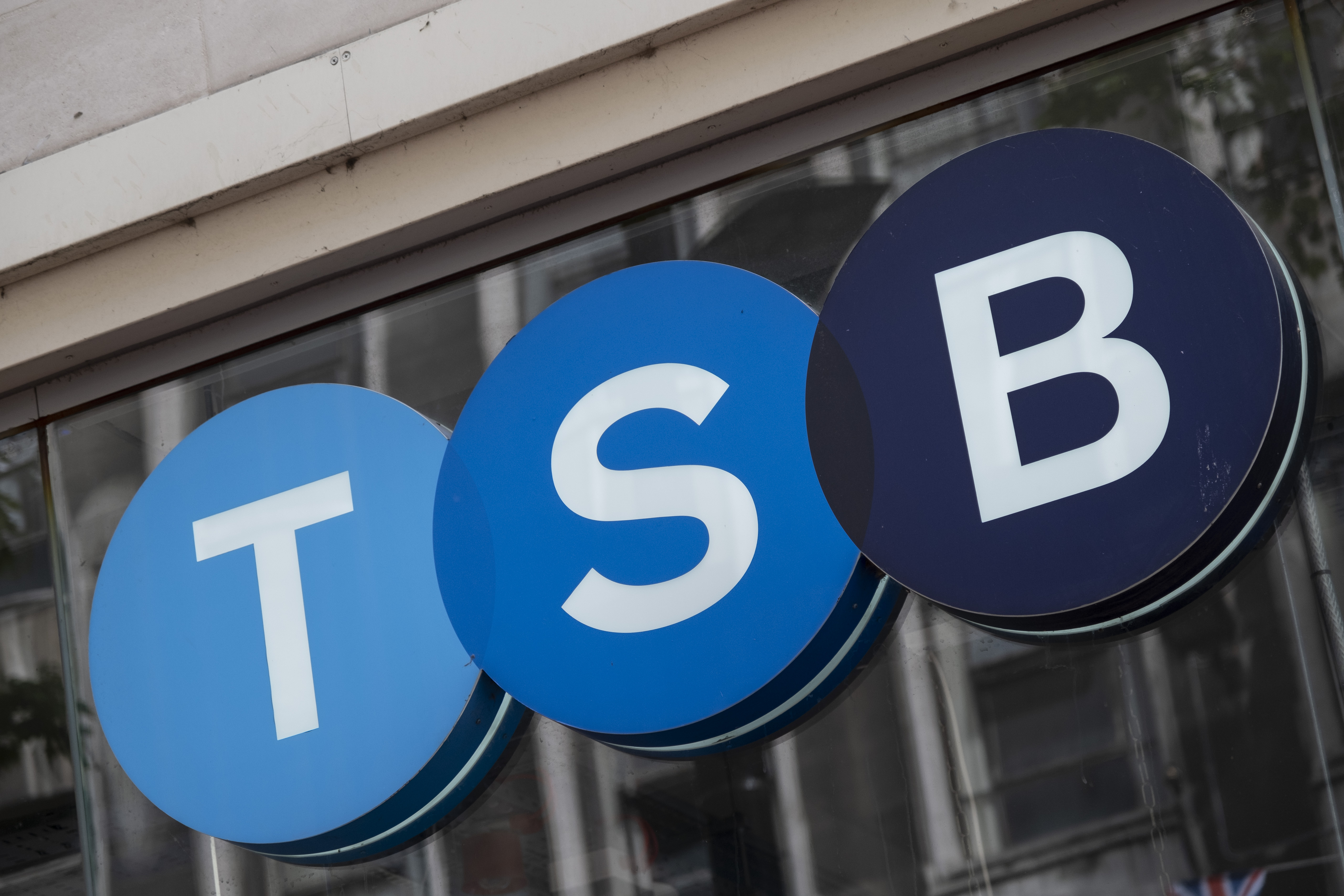 Former TSB CIO fined £81,000 for botched IT migration
Former TSB CIO fined £81,000 for botched IT migrationNews It’s the first penalty imposed on an individual involved in the infamous migration project
By Ross Kelly Published